Chemical Stability of Tungsten Cemented Carbide Balls
- Details
- Category: Tungsten Information
- Published on Friday, 12 September 2025 17:14
- Written by Zhenghua
- Hits: 23
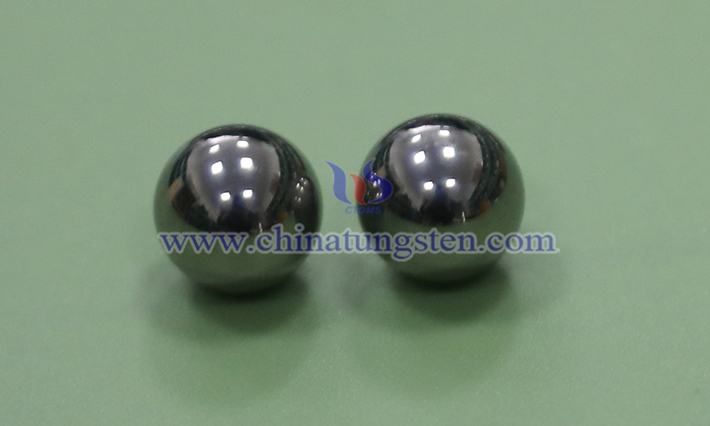
The excellent chemical stability of tungsten cemented carbide balls stems primarily from their unique material composition and powder metallurgy process, as demonstrated below:
Read more: Chemical Stability of Tungsten Cemented Carbide Balls
Test Methods for Impact Resistance of Tungsten Cemented Carbide Balls
- Details
- Category: Tungsten Information
- Published on Friday, 12 September 2025 17:13
- Written by Zhenghua
- Hits: 25
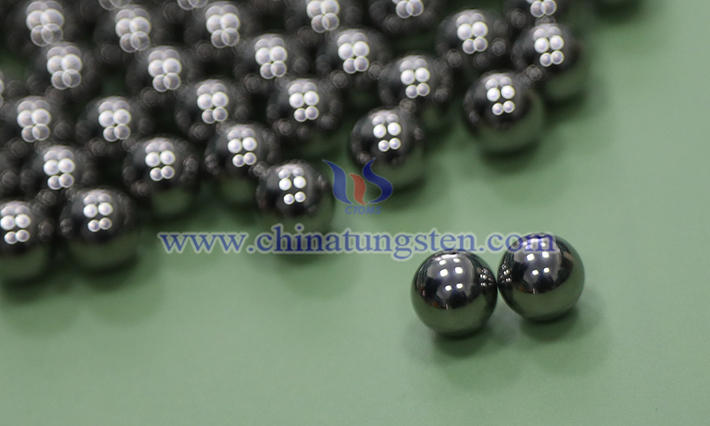
The impact resistance test of tungsten cemented carbide balls is an important method to evaluate their ability to resist damage when subjected to external force impact, and is usually used to test the strength, toughness and durability of tungsten cemented carbide balls.
Read more: Test Methods for Impact Resistance of Tungsten Cemented Carbide Balls
Thermal Stability and Applications of Tungsten Cemented Carbide Balls
- Details
- Category: Tungsten Information
- Published on Friday, 12 September 2025 17:10
- Written by Zhenghua
- Hits: 20
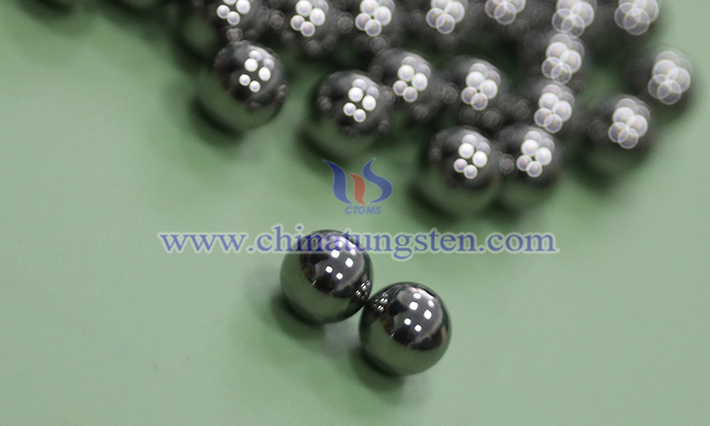
Tungsten cemented carbide balls are high-performance powder metallurgy products. They are primarily composed of tungsten carbide (WC), a high-hardness, refractory metal, with cobalt (Co), nickel (Ni), or molybdenum (Mo) as a binder, and are sintered in a vacuum furnace or hydrogen reduction furnace. Common series include YG, YN, YT, and YW. This material is highly valued for its excellent hardness, wear resistance, and corrosion resistance, while thermal stability is one of its core advantages in high-temperature environments.
Read more: Thermal Stability and Applications of Tungsten Cemented Carbide Balls
Impact Resistance of Tungsten Cemented Carbide Balls
- Details
- Category: Tungsten Information
- Published on Friday, 12 September 2025 17:11
- Written by Zhenghua
- Hits: 16
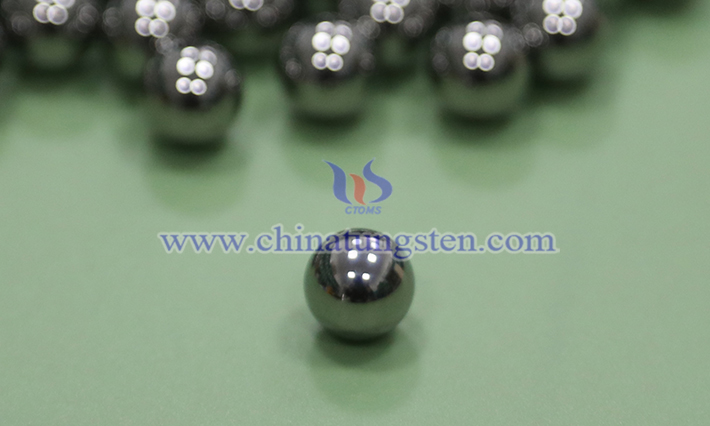
I. Impact Resistance of Tungsten Cemented Carbide Balls
Tungsten cemented carbide balls are made from a carbide matrix such as tungsten carbide (WC) or titanium carbide (TiC), sintered with a binder such as cobalt (Co), nickel (Ni), or molybdenum (Mo). Their impact resistance is primarily reflected in the following aspects:
Read more: Impact Resistance of Tungsten Cemented Carbide Balls
Fatigue Resistance of Tungsten Cemented Carbide Balls
- Details
- Category: Tungsten Information
- Published on Friday, 12 September 2025 17:08
- Written by Zhenghua
- Hits: 23
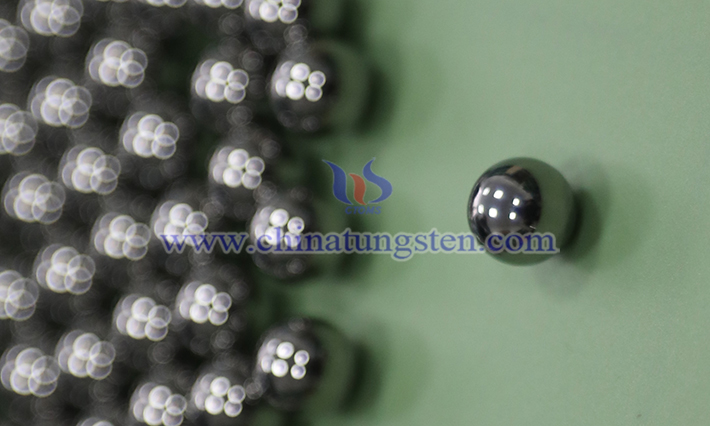
Tungsten cemented carbide balls exhibit excellent fatigue resistance, which is significantly affected by composition, processing, and operating conditions. A high binder phase content, nickel-chromium additions, and optimized processing significantly enhance fatigue resistance, making them suitable for long-term stable operation under high-load, complex environments.
Read more: Fatigue Resistance of Tungsten Cemented Carbide Balls





 sales@chinatungsten.com
sales@chinatungsten.com